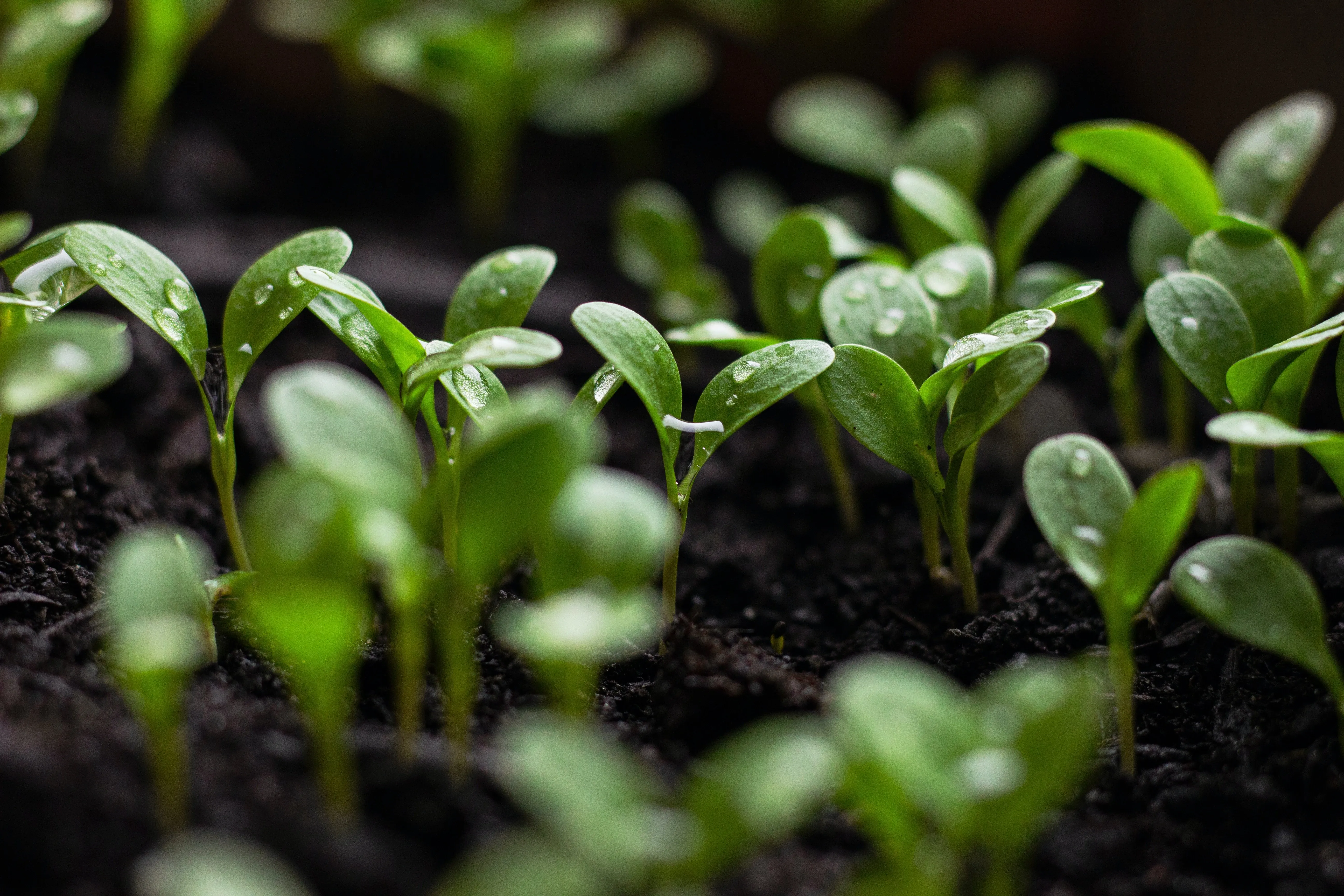Cultivating a Sustainable Future: The Long-Term Environmental Benefits of Agroforestry
Explore the long-term environmental benefits of agroforestry investments and its potential as a sustainable investment option. Discover the advantages of agroforestry investments, including tax savings and the potential for tax-free retirement income. Uncover how agroforestry promotes environmental stewardship, biodiversity conservation, climate resilience, and a sustainable future.

Introduction:
In an era of increasing environmental challenges, investing in sustainable solutions has never been more crucial. Agroforestry presents a powerful approach that not only generates financial returns but also fosters long-term environmental benefits. By integrating trees into agricultural landscapes, agroforestry offers multifaceted advantages that contribute to environmental stewardship, biodiversity conservation, climate resilience, and a sustainable future. This article explores the transformative potential of agroforestry investments, highlighting the lasting environmental benefits they provide. We will delve into the advantages of agroforestry investments, including tax savings and the potential for tax-free retirement income, while emphasizing the role of agroforestry in cultivating a sustainable future.
1. Understanding Agroforestry:
Agroforestry is a sustainable land management practice that combines agriculture and forestry, integrating trees with crops or livestock. This holistic approach harnesses the power of ecological interactions, creating diverse and resilient systems that deliver numerous environmental benefits.
2. The Long-Term Environmental Benefits of Agroforestry Investments:
Agroforestry investments offer lasting environmental benefits that contribute to a sustainable future:
a) Biodiversity Conservation: Agroforestry promotes biodiversity by creating habitats for a wide range of plant and animal species. The integration of trees into agricultural landscapes supports diverse ecosystems, providing shelter, food sources, and breeding grounds for various wildlife. By investing in agroforestry, individuals actively contribute to biodiversity conservation, helping to preserve our planet's natural heritage.
b) Carbon Sequestration and Climate Mitigation: Agroforestry plays a crucial role in mitigating climate change by sequestering carbon dioxide from the atmosphere. Trees in agroforestry systems absorb and store significant amounts of carbon, helping to offset greenhouse gas emissions. By investing in agroforestry, investors actively participate in climate change mitigation, supporting a more sustainable future.
c) Soil Health and Erosion Control: Agroforestry systems improve soil health and help prevent erosion. The presence of trees enhances soil structure, promotes better water infiltration, and reduces runoff. Tree roots stabilize the soil, preventing erosion and retaining valuable topsoil. Agroforestry investments support sustainable land management practices that protect our soil resources for future generations.
d) Water Management and Conservation: Agroforestry plays a vital role in water management and conservation. The presence of trees helps regulate water cycles by reducing runoff and enhancing water infiltration. Tree canopies provide shade, reducing evaporation rates and preserving soil moisture. Agroforestry investments contribute to water resource sustainability, ensuring the availability of water for agricultural and ecological needs.
3. Agroforestry Investments: A Sustainable Pathway:
Agroforestry investments offer a sustainable pathway for investors, aligning financial growth with environmental stewardship:
a) Long-Term Financial Returns: Agroforestry investments provide long-term financial benefits. While trees take time to mature, they yield valuable products such as timber, fruits, nuts, or other tree-based commodities. Patient investors can enjoy stable and profitable returns as the trees reach maturity, creating a sustainable income source.
b) Tax Savings and Incentives: Agroforestry investments often come with tax benefits and incentives. Governments recognize the environmental benefits of agroforestry and may offer tax deductions for establishing agroforestry systems or reduced tax rates on income generated from agroforestry operations. Leveraging these incentives can lead to significant tax savings for investors.
c) Potential for Tax-Free Retirement Income: Agroforestry investments offer the potential for tax-free retirement income. As trees mature and generate revenue, the income can supplement retirement funds without incurring income tax. This tax-free income provides financial security and stability during retirement.
Conclusion:
Agroforestry investments hold the key to a sustainable future by providing long-term environmental benefits and financial returns. Through biodiversity conservation, carbon sequestration, soil health improvement, and water management, agroforestry plays a vital role in environmental stewardship and resilience. Agroforestry investments offer advantages such as tax savings and the potential for tax-free retirement income, aligning financial prosperity with a commitment to sustainable practices. Embracing agroforestry as an investment option not only ensures a greener future but also cultivates a sustainable legacy for generations to come.
































































































































